 Most viewed Most viewed |

Amami Park has the Isson no Mori tropical garden area which is free admission, but other facilities charge admission like the Exhibition Hall and Amami Theater. Isson is the name of a local painter.13 views
|
|
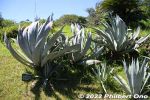
Agave americana 'Marginata' (Variegated Century Plant). Ornamental plant. リュウゼツラン13 views
|
|

Amami-Oshima coastal view.13 views
|
|
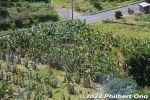
Banana patch13 views
|
|
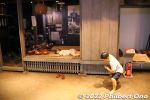
Amami no Sato's Exhibition Hall includes a reconstructed local home. 13 views
|
|
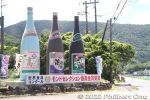
Local brewery producing brown sugar shochu in Tatsugo Town, Amami-Oshima. Uses brown sugar wholly produced in Amami-Oshima. Water comes from Jougo River (じょうご川) fed by an aquifer 120 meters underground. Factory tour and gift shop.13 viewsThey sell three shochu brands: Takakura (高倉), Hama-Chidori (浜千鳥乃詩 原酒), and Jougo (じょうご). https://www.jougo.co.jp/
|
|
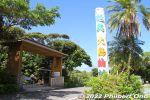
Oshima tsumugi is a local fabric woven from white silk and dyed. Oshima (Ooshima) Tsumugimura is a small textile factory where you can see how they weave and dye the tsumugi fabric. They also sell tsumugi fabrics as kimono, handkerchiefs, etc.13 views
|
|

He is dyeing Oshima tsumugi silk fabric in mud.13 views
|
|
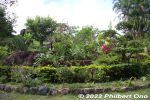
13 views
|
|
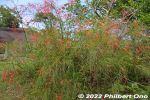
13 views
|
|
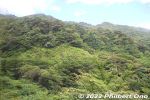
Lots of greenery along the way up the mountains.13 views
|
|
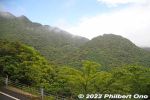
Yakusugi Land is in the mountains, so our bus drove up the mountain road.13 views
|
|

13 views
|
|
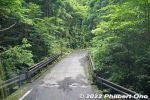
Mountain road got very narrow. This bridge was narrow too.13 views
|
|
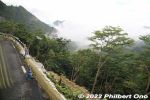
13 views
|
|
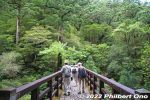
Rinsen-bashi Bridge goes over a small stream.林泉橋13 views
|
|
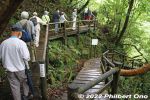
Detour path on the right to see the 1000-year cedar. Didn't have time to see it.13 views
|
|
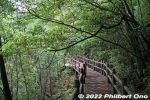
13 views
|
|
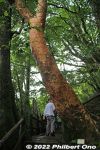
13 views
|
|
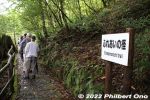
13 views
|
|
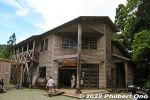
At Yakusugi Land's starting (and ending) point is this gift shop named Shinsen (森泉).13 views
|
|
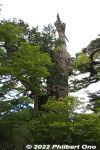
Kigensugi's height is 19.5 meters (64 ft) with a girth of 8.1 meters (26.5 ft). Elevation is 1,230 meters (4,035 ft). Hard to believe we were looking at something that has lived all these centuries.13 views
|
|
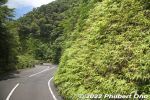
Driving back to town. Lots of ferns on the cliffs.13 views
|
|
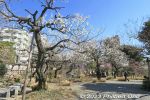
Mukojima Hyakkaen Garden was destroyed by the March 1945 firebombing of Tokyo, but was rebuilt and reopened in 1949.13 views
|
|
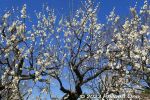
13 views
|
|
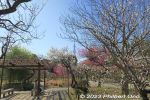
13 views
|
|
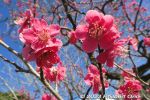
13 views
|
|
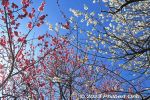
13 views
|
|
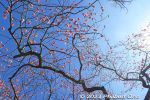
13 views
|
|
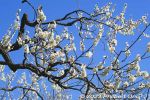
13 views
|
|
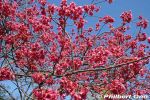
13 views
|
|
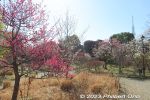
13 views
|
|

13 views
|
|
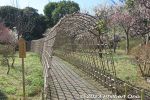
Japanese bush clover (hagi) tunnel is flanked by plum trees. ハギのトンネル13 views
|
|
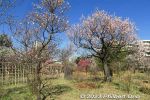
Japanese bush clover (hagi) tunnel.13 views
|
|
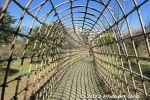
Japanese bush clover (hagi) tunnel.13 views
|
|
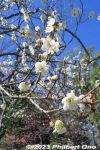
White plum blossoms named "Shirokaga."13 views
|
|
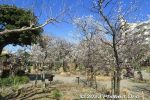
13 views
|
|
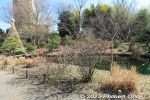
13 views
|
|
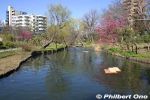
Garden pond is slender.13 views
|
|
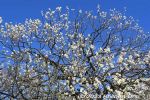
13 views
|
|
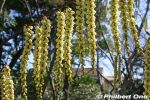
13 views
|
|
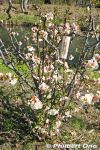
These flowers were in bloom in late March.13 views
|
|
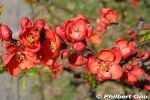
13 views
|
|
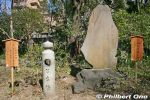
The garden has 29 monuments like this dedicated to poets or literature.13 views
|
|

Shirahige Bridge looks the same since 1931.13 views
|
|
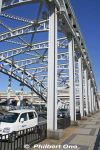
Shirahige Bridge13 views
|
|
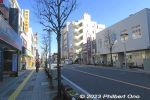
While walking on this main road to Soka-Matsubara, you will soon see the large arch bridge over the road.13 views
|
|
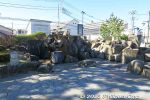
13 views
|
|
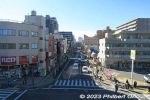
View from Hyakutai Bridge. This road goes to the train station straight ahead.13 views
|
|
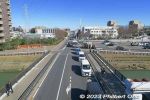
View from Hyakutai Bridge.13 views
|
|
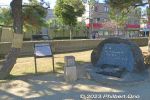
Monument inscribed with: "Place of Scenic Beauty: Soka Matsubara - Scenic Place Along Oku-no-Hosomichi" Calligraphy by Donald Keene.13 views
|
|
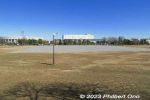
Matsubara Ayasegawa Park 13 views
|
|
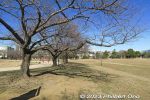
Matsubara Ayasegawa Park 13 views
|
|
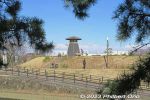
Matsubara Ayasegawa Park watchtower13 views
|
|
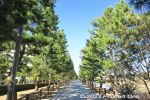
13 views
|
|
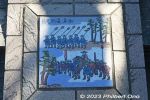
Bicycle slope decorated with these picture tiles.13 views
|
|
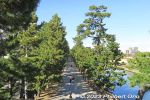
Northern view from Yatate Bridge.13 views
|
|
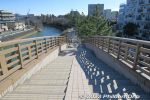
Southern view from Yatate Bridge.13 views
|
|
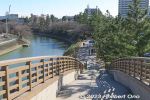
Looking south from Yatate Bridge. Almost the end of Soka-Matsubara pine tree path.13 views
|
|
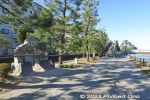
Nikko Kaido Road monument near Yatate Bridge. The monument is in the shape of Saitama Prefecture indicating Soka-Matsubara on Nikko Kaido is one of Japan's 100 Best Roads. 日本の道百選の顕彰碑13 views
|
|
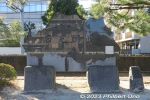
Nikko Kaido Road monument. Nikko Kaido was one of the five main roads from Edo (Tokyo) during the Edo Period (17th to 19h centuries). Nikko was important for having the splendid mausoleum for Tokugawa Ieyasu, the first Tokugawa shogun.13 views
|
|
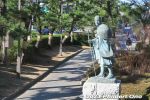
Statue of Matsuo Basho at the southern end of Soka Matsubara pine tree path in Fudaba-kashi Park. Created by Tadahiko Mugikura (麦倉忠彦), a Soka-native sculptor. He also made the Kawai Sora sculpture nearby in 2008.13 views
|
|
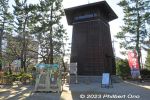
Watchtower on the southern end of Soka-Matsubara. 望楼13 views
|
|
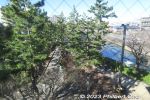
Views from the watchtower.13 views
|
|
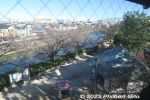
13 views
|
|
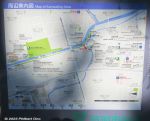
Map of Soka-Matsubara and Soka-juku post town, short walk away.13 views
|
|

Sora Kawai traveled with Haiku poet Matsuo Basho for most of Basho's Oku-no-Hosomichi poetry journey on foot to Tohoku and Hokuriku Regions in 1689.13 views
|
|
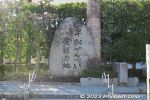
Soka senbei rice cracker birthplace monument in Osen Park, Soka, Saitama. Soka was a rice-growing area and farmers first made rice crackers as a snack. 13 viewsThey were later sold to travelers when Soka-juku was established and became a cottage industry. They also used soy sauce from Noda. 草加せんべい発祥の地の碑
|
|
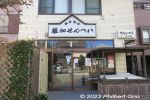
Soka senbei shop on the old Nikko Kido Road.13 views
|
|
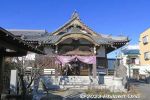
Tofukuji Temple Hondo main hall in Soka, Saitama. The temple is noted for wood carvings on this main hall. (Not to be confused with other temples named "Tofukuji.") 東福寺13 views
|
|
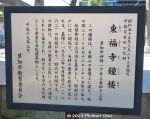
About Tofukuji's bell tower.13 views
|
|
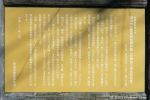
Soka folk history museum used to be Soka Elementary School built in 1926. New school buildings were built to replace this old building which opened in 1983 as a local history museum.13 views
|
|

Soka folk history museum. 草加 歴史民俗資料館13 views
|
|
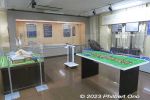
First floor exhibition room.13 views
|
|
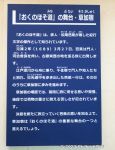
Basho and Kawai Sora visited Soka-juku on March 27, 1689.13 views
|
|
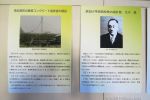
Soka Elementary School was built in 1926. Two-story, ferro-concrete building with six classrooms. Architect was Soka-native Okawa Isamu who even attended Soka Elementary School (right photo)..13 views
|
|
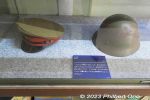
Army helmet13 views
|
|
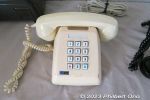
Push button phone widely used in Japan until the early 1990s.13 views
|
|
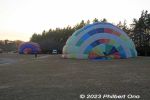
13 views
|
|
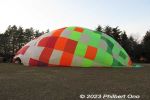
13 views
|
|
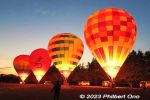
All four balloons lit up at the same time many times during the one-hour balloon glow event. They played J-pop music in the background.13 views
|
|
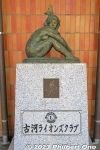
JR Koga Station east entrance sculpture.13 views
|
|
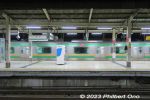
JR Koga Station platform.13 views
|
|
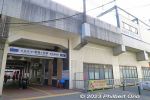
Shin-Kamagaya Station on Hokuso Line.13 views
|
|
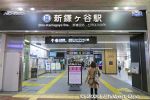
Hokusō Line Shin-Kamagaya Station 新鎌ヶ谷駅13 views
|
|
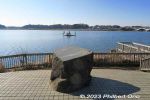
Welcome to Lake Teganuma.13 views
|
|
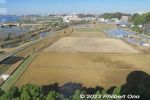
13 views
|
|
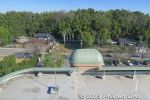
View behind Mizu no Yakata (Water Pavilion) lookout tower.13 views
|
|
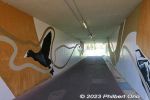
Tunnel below the road.13 views
|
|
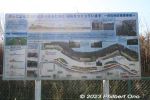
Lakefront construction.13 views
|
|
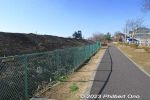
Walking along Lake Teganuma. 13 views
|
|
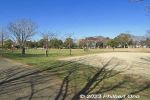
Lake Tega Park 手賀沼公演13 views
|
|
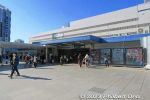
JR Kashiwa Station East exit. 13 views
|
|
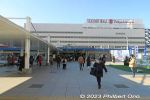
JR Kashiwa Station East exit. 13 views
|
|
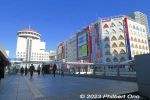
JR Kashiwa Station East exit area has Bic Camera.13 views
|
|

JR Kashiwa Station East exit area.13 views
|
|
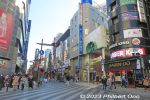
JR Kashiwa Station East exit area.13 views
|
|
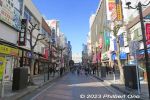
JR Kashiwa Station East exit area.13 views
|
|
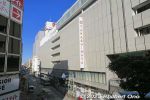
Kashiwa Station west exit area also has department stores like Takashimaya.13 views
|
|
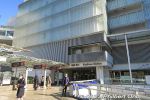
Kashiwa Station west exit area.13 views
|
|
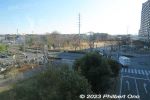
View of Otakanomori Minamiguchi Park.13 views
|
|
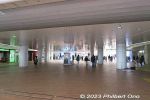
The station has this large covered area leading to station platforms and exits.13 views
|
|
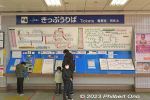
Tobu Urban Park Line ticket machines.13 views
|
|
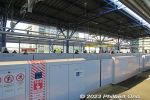
Nagareyama Otakanomori Station platform on the Tsukuba Express.13 views
|
|
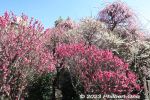
13 views
|
|
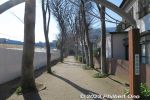
Saginuma Castle Park is a 10 to 15-min. walk from Keisei-Tsudanuma Station. Near Narashino City Hall. Map: https://goo.gl/maps/xkw1vc8j4ze96tyT713 views
|
|
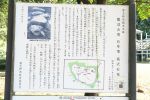
Mound B (B号墳) had two stone coffins. Although one coffin was destroyed, the other remains intact. Now protected by a hut. The stone coffin contained the remains of two adults, 13 views
|
|
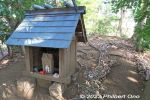
Mound A tumulus (A号墳) at Saginuma Castle Park.13 views
|
|
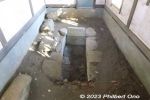
Stone coffin in Mound B is 2 meters long, 0.8 meter wide, and 0.7 meter deep. The stones came from southern Chiba Prefecture and shaped with metallic tools. The coffin was covered with large stones. B号墳の箱式石棺13 viewsThe remains of two adult males were found in the coffin in 1966. Chokutō sword fragments, ancient jewelry, arrowheads, and small knife were also found.
|
|
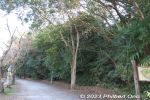
Walking back to the train station along the side of the park.13 views
|
|
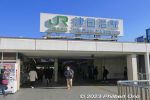
JR Tsudanuma Station south exit. JR津田沼駅13 views
|
|
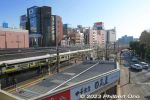
JR Tsudanuma Station 13 views
|
|
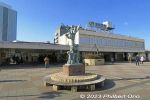
JR Tsudanuma Station north exit.13 views
|
|
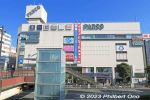
Tsudanuma PARCO operated here since July 1, 1977. Closed on Feb. 28, 2023. 津田沼パルコ13 views
|
|

Leaving JR Tsudanuma Station north exit.13 views
|
|
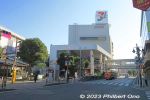
From JR Tsudanuma Station north exit, a short walk to Shin-Tsudanuma Station on the Shin-Keisei Line. 新津田沼駅13 views
|
|
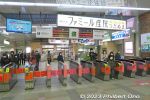
Shin-Tsudanuma Station turnstile on the Shin-Keisei Line.13 views
|
|
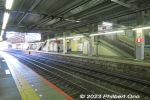
Shin-Tsudanuma Station platform.13 views
|
|
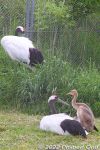
At Kushiro City Red-Crowned Crane Natural Park, we also saw a baby crane, about a month old. (Born in mid-May 2022.) Here he/she is with dad and mom13 views
|
|
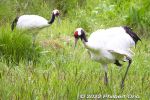
Red-crowned cranes, Kushiro City Red-Crowned Crane Natural Park, Hokkaido. 13 views
|
|
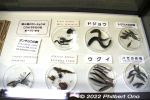
What cranes eat. Small fish, insects, and more.13 views
|
|
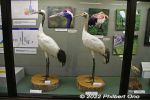
Adult males, fully grown on the left and 6 months old on the right still with brown feathers.13 views
|
|
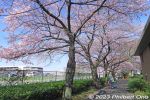
These Somei-Yoshino "America" cherry blossoms are right behind the park's Visitors' Center. The America trees stretch along Shin-Shibakawa River for a few hundred meters, one of the park's major cherry blossom clusters.13 views
|
|
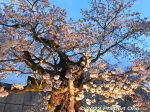
Sorry to see you go...13 views
|
|
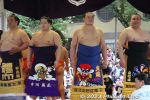
13 views
|
|
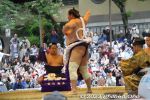
13 views
|
|
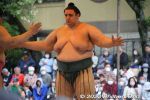
Aoiyama is from Bulgaria. He once reached Sekiwake. 碧山13 views
|
|
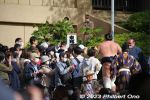
Yokozuna Terunofuji returns to his dressing room.13 views
|
|
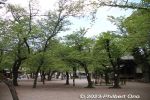
Cherry trees all finished blooming by mid-April.13 views
|
|
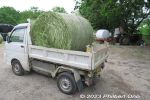
Hay for cows.13 views
|
|
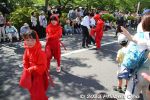
2023 was also the 500th anniversary of the Hojo Clan being renamed as "Hojo" from "Ise" (伊勢).13 views
|
|
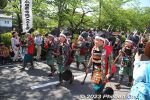
Child samurai. 少年少女武者隊13 views
|
|
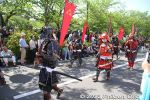
Handmade samurai armor and costumes.13 views
|
|
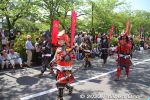
Handmade samurai armor and costumes.13 views
|
|
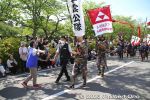
Start of the samurai entourage for the first Odawara Hojo lord, Hōjō Sōun. Played by international students at LIBERTY Odawara Japanese School. LIBERTY小田原日本語学校13 views
|
|
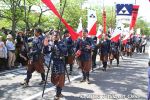
Start of the samurai entourage for the first Odawara Hojo lord, Hōjō Sōun. Played by international students at LIBERTY Odawara Japanese School. LIBERTY小田原日本語学校13 views
|
|
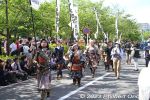
13 views
|
|
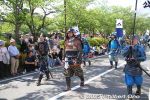
Tamanawa Castle lord from Kamakura, Hōjō Ujitoki, Tamanawa Castle lord. 玉縄城主 北条氏時隊 鎌倉市玉縄城址まちづくり会議13 views
|
|
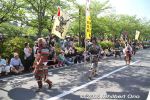
Group from Kawagoe, Saitama.13 views
|
|
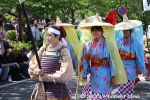
Ladies in waiting for Lord Hojo Ujiyasu's wife Zuikei-in. 旭丘高校13 views
|
|
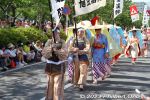
13 views
|
|
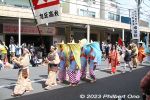
Lord Hojo Ujiyasu's wife Zuikei-in (Imagawa Ujichika's daughter). 北条氏康正室 瑞渓院(今川氏親娘) 旭丘高校13 views
|
|
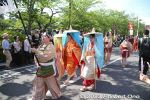
Ladies in waiting for Obaiin, Hojo Ujimasa's wife13 views
|
|
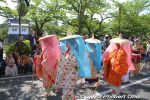
Ladies in waiting for Tokuhime, wife of Hojo Ujinao. 13 views
|
|
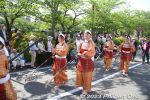
13 views
|
|
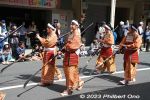
13 views
|
|

Entourage for the fourth Odawara Castle lord, Hojo Ujimasa. 北条氏政隊 旭丘高校13 views
|
|
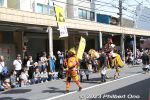
Hachioji Castle lord, Hojo Ujiteru. 八王子城主 北条氏照隊13 views
|
|
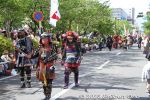
13 views
|
|
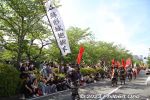
Hachigata Castle Matchlock Gun Battalion. 13 views
|
|
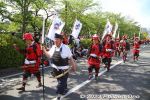
13 views
|
|
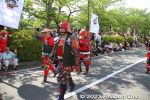
13 views
|
|
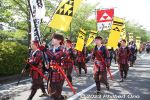
Group for Nirayama Castle lord Hōjō Ujinori, the fourth son of Hōjō Ujiyasu. 韮山城主 北条氏規隊13 views
|
|
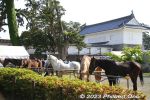
Horses used in the samurai parade. Good job!13 views
|
|
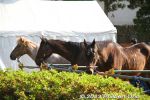
Horses used in the samurai parade. Good job!13 views
|
|
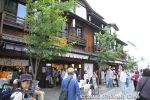
Tourist shopping complex near the station, crowded.13 views
|
|
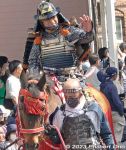
The second Odawara Hojo lord, Hojo Ujitsuna. 二代北条氏綱隊 13 views
|
|
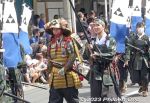
Hōjō Choko (Gen'an), second and youngest son of Hōjō Sōun. Played by people from International University of Health and Welfare. 北条長綱隊 国際医療福祉大学13 views
|
|
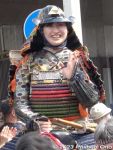
The third Odawara Castle lord, Hojo Ujiyasu played by a woman. 三代北条氏康隊13 views
|
|

13 views
|
|
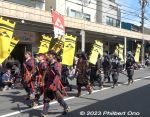
13 views
|
|
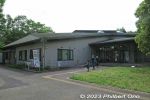
Saitama Nature Study Center is a visitor's center with park staff, park maps, a small library, nature exhibits, meeting rooms, and park offices. Open 9:00 a.m. -5:00 p.m. (Till 7:30 pm on weekends and national holidays.) Guided tours start inside.13 views
|
|

Inside Saitama Nature Study Center with nature exhibits.13 views
|
|
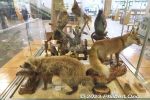
Raccoon, fox, and weasel.13 views
|
|
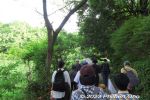
Guided tour of the park. About an hour long.13 views
|
|
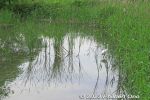
Heron.13 views
|
|
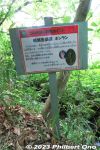
Endangered flower species named golden orchid. Vulnerable (VU). キンラン(金蘭)13 views
|
|
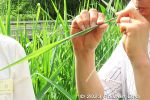
Making sounds with a leaf. Loud, piercing sound. 13 views
|
|
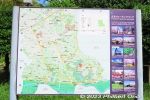
Kitamoto has other walking trails. Looks pretty during cherry blossom season.13 views
|
|
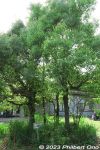
In front of the Saitama Nature Study Center is china root or Smilax china. サルトリイバラ13 views
|
|
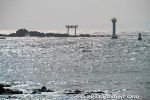
Najima torii off the Morito Coast on the Miura Peninsula in Kanagawa Prefecture. Part of Morito Daimyojin Shrine. 名島(菜島)の鳥居13 views
|
|
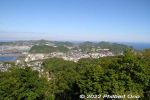
Mt. Sokuryo is also noted for abundant flora and fauna including birds (including migratory birds), animals, insects, and plants.13 views
|
|
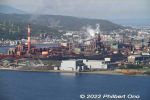
North Nippon Works (Muroran) steel plant as seen from Mt. Sokuryo. 北日本製鉄所 室蘭地区13 views
|
|
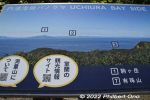
Mt. Komagatake can also be seen.13 views
|
|
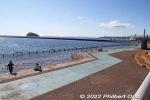
Etomo-Rinkai Park waterfront.13 views
|
|
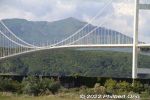
Hakucho Bridge, Muroran. 白鳥大橋13 views
|
|
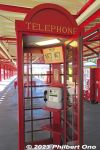
The phone in the red telephone box works, but you only hear a simple recorded message like “Welcome.” It’s not a payphone and you cannot call anyone.13 views
|
|
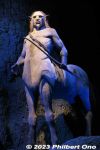
Centaurs are guardians of the Forbidden Forest. Facial features are more horse-like than human. 13 views
|
|
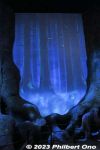
Dementors (evil beings) also fly around in the Forbidden Forest.13 views
|
|
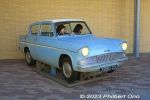
Photo op: In the Backlot, pose inside the Flying Car13 views
|
|
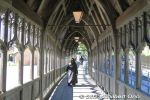
Hogwarts Bridge13 views
|
|
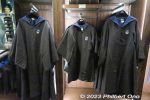
Hogwarts robes.13 views
|
|
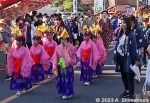
Okegawa holds an annual autumn festival called Okegawa Shimin Matsuri (桶川市民まつり) on Nov. 3 (national holiday) when they reenact Princess Kazunomiya's procession traveling through Okegawa-juku.13 viewsThe procession includes women holding safflowers and these chigo festival children.
|
|
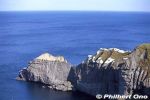
Tokkarisho scenic point トッカリショ展望台13 views
|
|

Charatsunai scenic point チャラツナイ展望台13 views
|
|
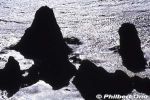
Charatsunai scenic point チャラツナイ展望台13 views
|
|
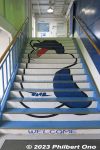
First go up the stairs to the 3rd floor.13 views
|
|
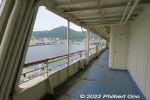
Third floor deck.13 views
|
|
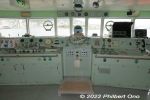
Mashu Maru bridge13 views
|
|
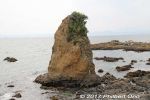
13 views
|
|
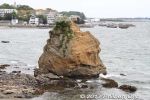
13 views
|
|
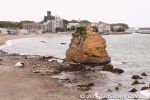
13 views
|
|
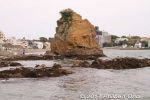
13 views
|
|
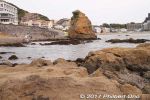
13 views
|
|

12 views
|
|

Staff telling rowers to turn right.12 views
|
|

Asami Yoshida12 views
|
|
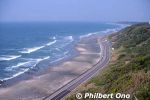
View from Omaezaki Lighthouse looking west. The lighthouse is open to the public.12 views
|
|
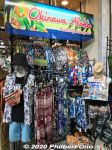
"Okinawa Aloha," apparently Hawaii is idolized in Okinawa.12 views
|
|
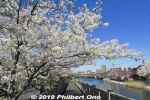
12 views
|
|

12 views
|
|
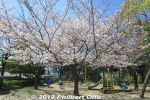
Shinkawa Kyuyo Park. Riverside pocket park. 新川休養公園12 views
|
|
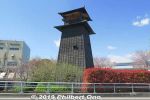
Fire Watchtower at the end of Shinkawa River in Edogawa-ku Ward in Tokyo. 火の見やぐら12 views
|
|

In the forefront is Naka River, and beyond the divider is Arakawa River as seen from the Fire Watchtower.12 views
|
|

Going down the Fire Watchtower.12 views
|
|

Map of the area. The top right is Funabori Station.12 views
|
|
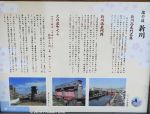
About the old floodgate and Fire Watchtower.12 views
|
|
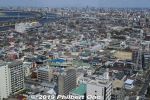
12 views
|
|
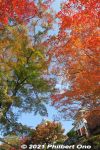
12 views
|
|
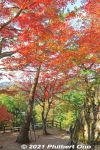
12 views
|
|
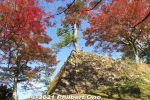
12 views
|
|
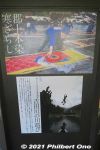
Panel display of local activities on the river.12 views
|
|
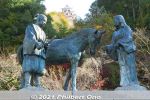
Chiyo was supposedly the daughter of the Gujo-Hachiman Castle's first lord, Endo Morikazu. Kazutoyo later became lord of Kochi Castle in Shikoku. 12 viewsThis statue was erected in 1991 by local donors. (Gujo-Hachiman Castle can be seen in the background.)
|
|

Anyoji Temple's main Hondo worship hall is the largest wooden building in Gifu Prefecture. Small admission charged to enter the worship hall. 安養寺12 views
|
|
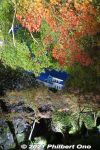
Gujo-Hachiman Castle's corner turret and autumn leaves lit up in the evening12 views
|
|

When getting off the bus, check the bus schedule for your return trip. Be aware that buses are infrequent. Only once an hour or less often.12 views
|
|
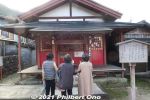
12 views
|
|
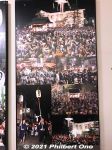
Photos of Gujo Odori.12 views
|
|
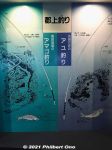
River fishing in Gujo.12 views
|
|
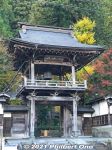
Daijoji Temple gate and bell tower (built in 1803) along Kodara River.12 views
|
|
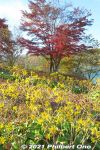
12 views
|
|
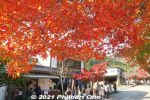
Tanigumi-san (谷汲山 華厳寺) is a Tendai Buddhist temple noted for numerous autumn foliage, especially red maple leaves. Also called Kegonji Temple.It has a nice path to the temple lined with autumn leaves in November. 12 views
|
|

Naminoue beach, Naha12 views
|
|
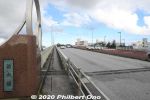
Tomari Ohashi Bridge goes over Tomari Port. f泊大橋12 views
|
|
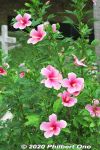
Pink hibiscus at the cemetery.12 views
|
|
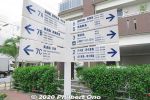
SIgns at Tomari Port.12 views
|
|
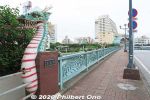
Dragon bridge across Tomari Port.12 views
|
|
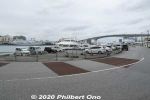
Boat dock at Tomari Port.12 views
|
|
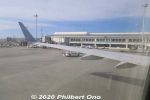
12 views
|
|
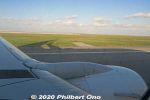
The Yaeyama Islands (Ishigaki) are a one-hour flight from Naha. Japan's most remote islands, but easy to get to on flights from Naha or Tokyo. We simply call them "Yaeyama."12 views
|
|

Entering Japan Airlines Boeing 777-200 at Naha Airport. Plane to Haneda.12 views
|
|

Landing in Naha Airport. The new international terminal was not built yet.12 views
|
|
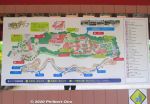
Map of Okinawa World. Many attractions above the cavern. When you buy your ticket, find out when the next habu snake show will be. See it first if it will start soon. 12 viewsSee the habu show or cavern first which are near the front gate. Also find out the Eisa drum show time. Largest building is the shopping mall and restaurant complex which you can see last.
|
|
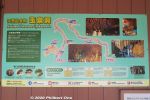
Map of Gyokusendo Cavern. Many natural features have names. After getting out of the cavern, you can go across the park toward the main gate and see the Kingdom Village.12 views
|
|
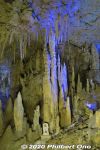
12 views
|
|
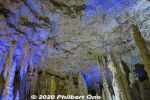
12 views
|
|
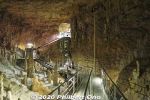
The cavern basically follows an underground stream. Tourists can walk on this walkway. It's always wet and water dripping.12 views
|
|
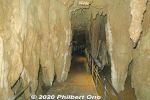
12 views
|
|
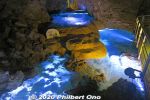
12 views
|
|
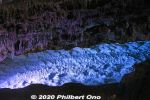
12 views
|
|
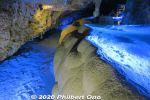
Blue Spring limestone dam.12 views
|
|
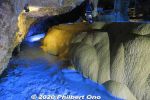
12 views
|
|
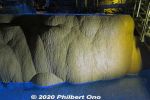
Golden rock12 views
|
|

12 views
|
|
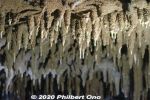
12 views
|
|
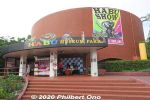
Habu Museum Park has an educational museum about the habu, a zoo of habu and other snakes, and a small hall for the habu snake show. First find out what time the next habu show will be.12 views
|
|
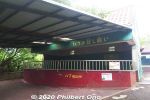
Habu zoo.12 views
|
|

Habu's nostril, eyes, and pit.12 views
|
|
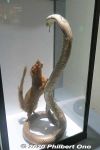
The trainer mentioned that in the past, they had a mongoose and habu snake fight each other in the show. But due to animal rights concerns, it was discontinued. These are only stuffed animals on display in the Habu Museum.12 viewsThe mongoose was introduced to Okinawa in 1910 to control the habu population. But the mongoose instead preyed on other native species.
|
|
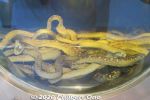
The extract from the snake supposed to be good for you. The snake's venom is somehow neutralized by the alcohol, so it's not poisonous when you drink it.12 viewsSo what do they do with the snake after drinking the habu-shu? Would a bird of prey eat an alcohol-soaked snake?
|
|
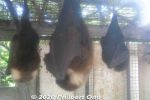
Bats sleeping.12 views
|
|
| 71464 files on 284 page(s) |
 |
 |
272 |  |
 |
|